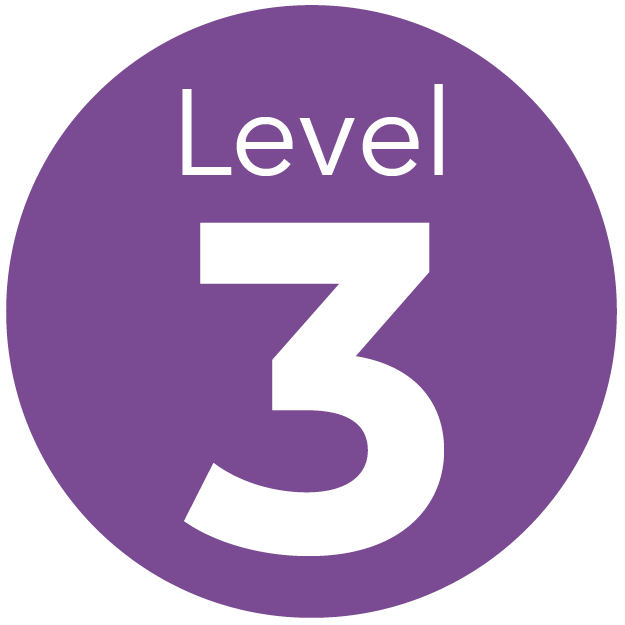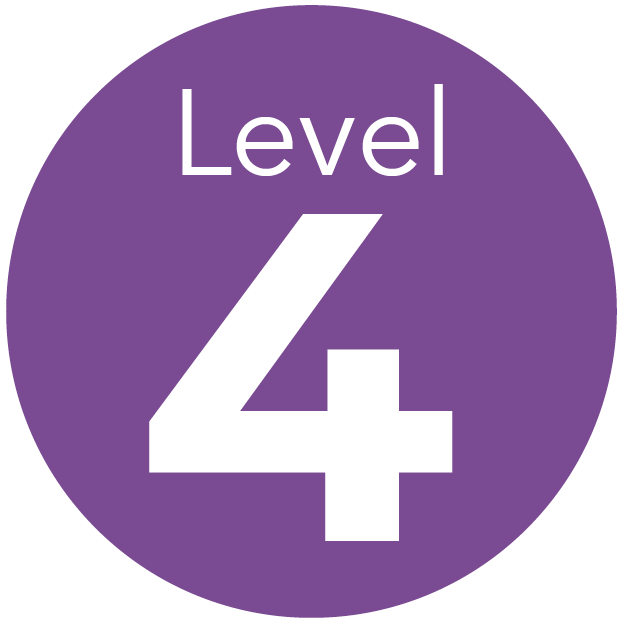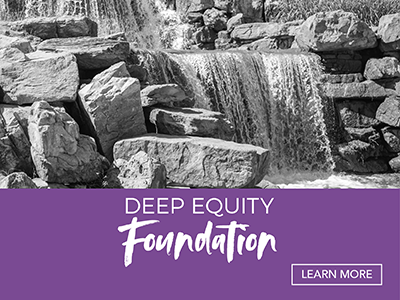You are here
Why Deep Equity?
The Deep Equity framework, based on the work of Gary Howard, helps schools and districts establish the climate, protocols, common language, and common goal of implementing culturally responsive practices necessary for equity in schools.
The Deep Equity model builds the capacity of schools and districts seeking to reduce and eventually eliminate:
- achievement gaps
- disparities in graduation rates
- disproportional suspension, expulsion, and disciplinary referral rates.
What You’ll Learn
By engaging in the Deep Equity model, educators will learn to dismantle educational disparities through their own sustained, collaborative efforts and courageous leadership by:
- Deepening the work of personal growth toward cultural competence for teachers, classified staff, and educational leaders
- Expanding the approach and analysis to multiple dimensions of difference, including race, while also focusing on culture, class, gender, language, sexual orientation, special needs, religion, learning styles, and the many other differences that affect educational outcomes
- Deepening educators’ understanding of issues of social dominance and social justice in a way that increases their passion for equity without intensifying the resistance caused by the rhetoric of “shame and blame”
- Providing a comprehensive set of practical tools for classroom implementation and differentiation using the 7 Principles for Culturally Responsive Practices
- Demonstrating a sustained process of peer support and action research focused on data-based results aimed at transforming pedagogy at the classroom level and closing targeted achievement gaps at the individual student level
- Supporting school and district efforts at systemic change and strategic planning for equity, offering a model for institutional transformation and a process for measuring strategic outcomes related to cultural competence and culturally responsive practice
How Deep Equity Differs from Other Equity Models
The Deep Equity program is uniquely designed as both an intensive systemwide model with education for equity and a focused process that builds capacity for cultural competence and culturally responsive practices at the building level. What makes the Deep Equity process different from traditional approaches to equity?
- An evidence-based process: The Every Student Succeeds Act (ESSA) requires school districts that receive federal funds to utilize “evidence-based” approaches that have demonstrated statistically significant positive effects on student outcomes. The Deep Equity process has been proven to make a measurable impact on student outcomes.
- A capacity-building model: To maximize the impact of your equity efforts, the Deep Equity “train-the-trainer” model enables staff at each school site to continue the work long after the conclusion of the Deep Equity training.
- Focused on organizational culture and climate: Many traditional approaches focus on delivering knowledge in a one-size-fits-all workshop, regardless of potential political/relational tensions or participants’ readiness to learn. The Deep Equity process was designed with a deep understanding of the complexities of human relations, organizational change, and adult learning. While some PD providers jump straight to instructional strategies, the Deep Equity model acknowledges the need to change the culture and climate across an organization to achieve long-term, sustainable change that addresses the root causes of educational inequities. Deep Equity consultants focus on creating the right tone and necessary level of trust for participants to engage with the training.
- Classroom applications: Some equity models focus on building educators’ understanding of equity issues, without giving teachers specific methods to apply their learning to the classroom. The Deep Equity process not only supports systemic equity transformation at the district level, but also provides a special focus on instructional applications for classroom educators.
- Strategic planning: Because closing achievement and opportunity gaps is a long-term process, the Deep Equity model gives your organization the tools to create a long-term plan for addressing inequities after the formal training is complete. The tools help your organization develop the climate, protocols, common language, and common goal of embedding culturally responsive practices into everyday classroom instruction.
Watch on demand: Deepening Your Equity Impact webinar
Deep Equity Outcomes
The Deep Equity model supports educators in achieving multidimensional gains in student outcomes and achievement. By engaging in the Deep Equity process, schools and districts may start to see shifts in adult relationships, student engagement, organizational culture and climate, and student outcomes.

Shift in the tone and depth of adult conversation
- More trust/more honesty
- Take on difficult topics
- Clearer leadership focus on equity

Improvement in the climate of inclusion for students
- Increased belongingness/connectedness
- Reduced incidents of bullying and harassment
- More positive student-adult relationships
- Students empowered to speak their truth

Broad implementation of Culturally Responsive Practices
- The 7 Principles of Culturally Responsive Practices are embedded
- Critical thinking about complex socio-political topics
- Support staff engaged in cultural competence work
- “Leading for Equity” guides all decision-making

Significant reduction in educational disparities
- Discipline and Special Education referrals
- Achievement levels
- Access to higher level courses
- Graduation and college attendance rates
Bring Deep Equity to your school or district


